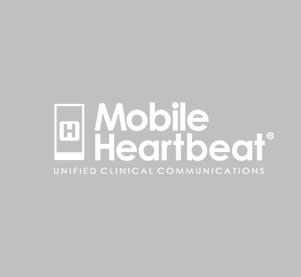Many vendors in healthcare determine success in terms of the number of hospitals using their product. At Mobile Heartbeat we focus on the number of users within a hospital who are actually using our MH-CURE clinical communications platform. User adoption is a key building block for value creation.
As mentioned in my April 5th blog, Metcalfe’s Law states that the value of a communications network is the square of the number of its participants (n2). The value curve is exponential. We discussed how the first step is a platform that supports all users across a hospital (doctors, nurses, etc.) Once you have the platform, user adoption is the next logical step and essential if an organization wants to see significant cost savings and positive impact on patient care.
One of the key metrics we use at Mobile Heartbeat to measure user adoption of our platform is Monthly Active Users (MAU). We’ve seen our MAU grow 287 percent in the past 12 months with a current average of 805 active users per facility. We’re proud of that, and believe it represents great progress towards our goal of enterprise adoption.
To drive adoption and MAU, we look at how many and what type of communication events each user engages in on average each day and each month. This information uncovers interesting trends about organizational adoption of different modes of communication. It also can point out which users might need additional training or whether there are workflows we need to adapt to. It’s a data based process that is working.
So when evaluating progress, consider not just how many hospitals implemented, but the breadth and depth of the implementation. An enterprise platform is required, but then it takes focus, diligence, and time to achieve adoption. Consider new metrics such as MAU to measure progress. Once your hospital has enabled true enterprise-wide user adoption, then you can really see the benefits of the solution – greater time savings and cost reductions. You can leverage the solution to meet a broader set of needs and see tremendous possibilities for streamlining workflows across teams and the facility, resulting in significant productivity improvements that further impact patient care. I’ll tell you more about that in my next blog.


